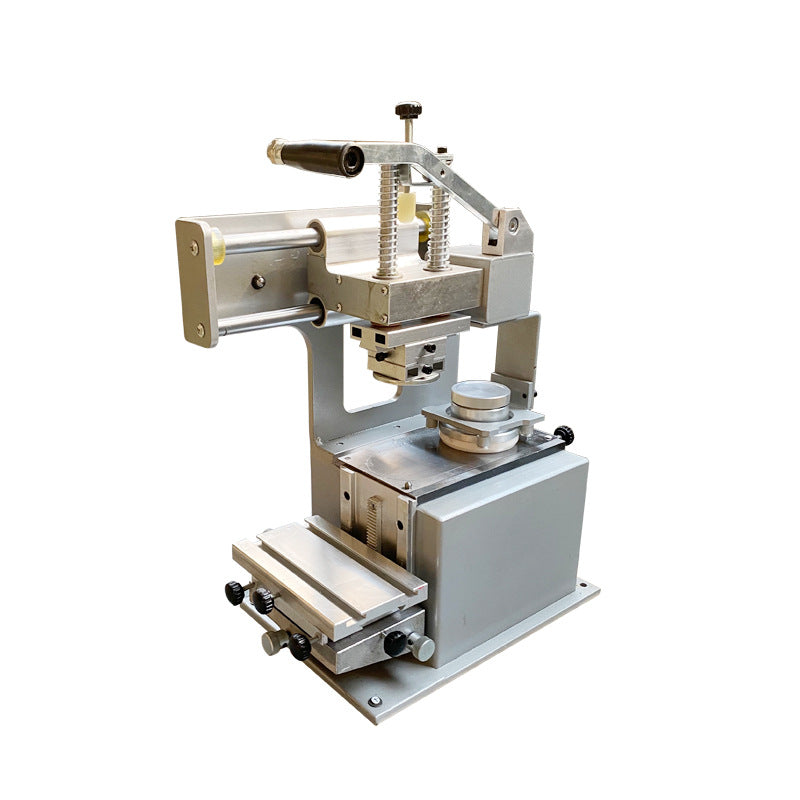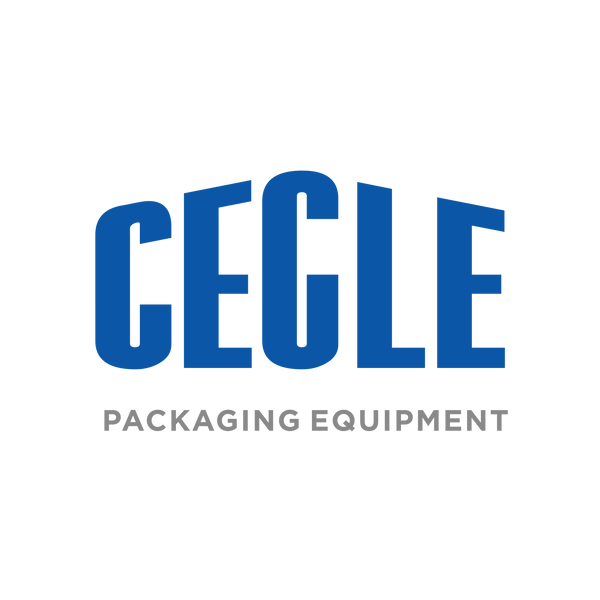
What is a Manual Ink Cup Pad Printing machine?
Share
A manual ink cup pad printer is a device that relies on manual operation to transfer ink and print patterns. It is mainly used for printing on small-area, high-precision flat, curved, or irregularly shaped products. Below is a detailed introduction:
1. Structural Components
It generally includes a base plate, horizontal plate, sliding block, threaded rod, rotating handle, support rod, ink cup, fixing seat, pad printing steel plate, and product holding plate.
- The ink cup is used to store and apply ink.
- The pad printing steel plate has the desired pattern engraved on it (the pattern area is recessed to hold ink).
- The product holding plate is designed to place and fix the item to be printed.
2. Working Principle
The printing process is completed through manual operation steps, as follows:
- Place the item to be printed on the product holding plate and adjust its position to ensure alignment with the printing area.
- Rotate the handle to lower the ink cup until it touches the pad printing steel plate.
- Move the handle to slide the ink cup across the steel plate—this action fills the recessed pattern area with ink and scrapes off excess ink from the non-patterned surface of the steel plate.
- Manually press the T-shaped rod connected to the printing pad (usually made of flexible silicone) to lower the pad. The pad touches the ink-filled pattern on the steel plate and adheres to the ink.
- Lift the pad, move it to the position above the product on the holding plate, and press the pad down again. The ink adhering to the pad is transferred to the surface of the product, completing the printing process.
3. Key Features
- No external power required: It operates entirely through manual force, eliminating the need for electricity or compressed air, making it easy to move and suitable for temporary workspaces.
- Low cost: Compared with automatic or semi-automatic pad printers, it has a simpler structure and lower manufacturing/ maintenance costs, making it ideal for small-batch production or startups.
- High printing precision: The combination of engraved steel plates and flexible printing pads allows it to accurately reproduce fine patterns (e.g., logos, text, small graphics) on small or irregular surfaces.
- Easy operation: The manual control process is intuitive, requiring minimal training for operators to master basic printing skills.
- Versatile application: Suitable for surface decoration printing of products such as cosmetics (e.g., lipstick tubes, small containers), stationery (e.g., pens, erasers), electronic/electrical components (e.g., small circuit boards, sensor casings), and trademarks

